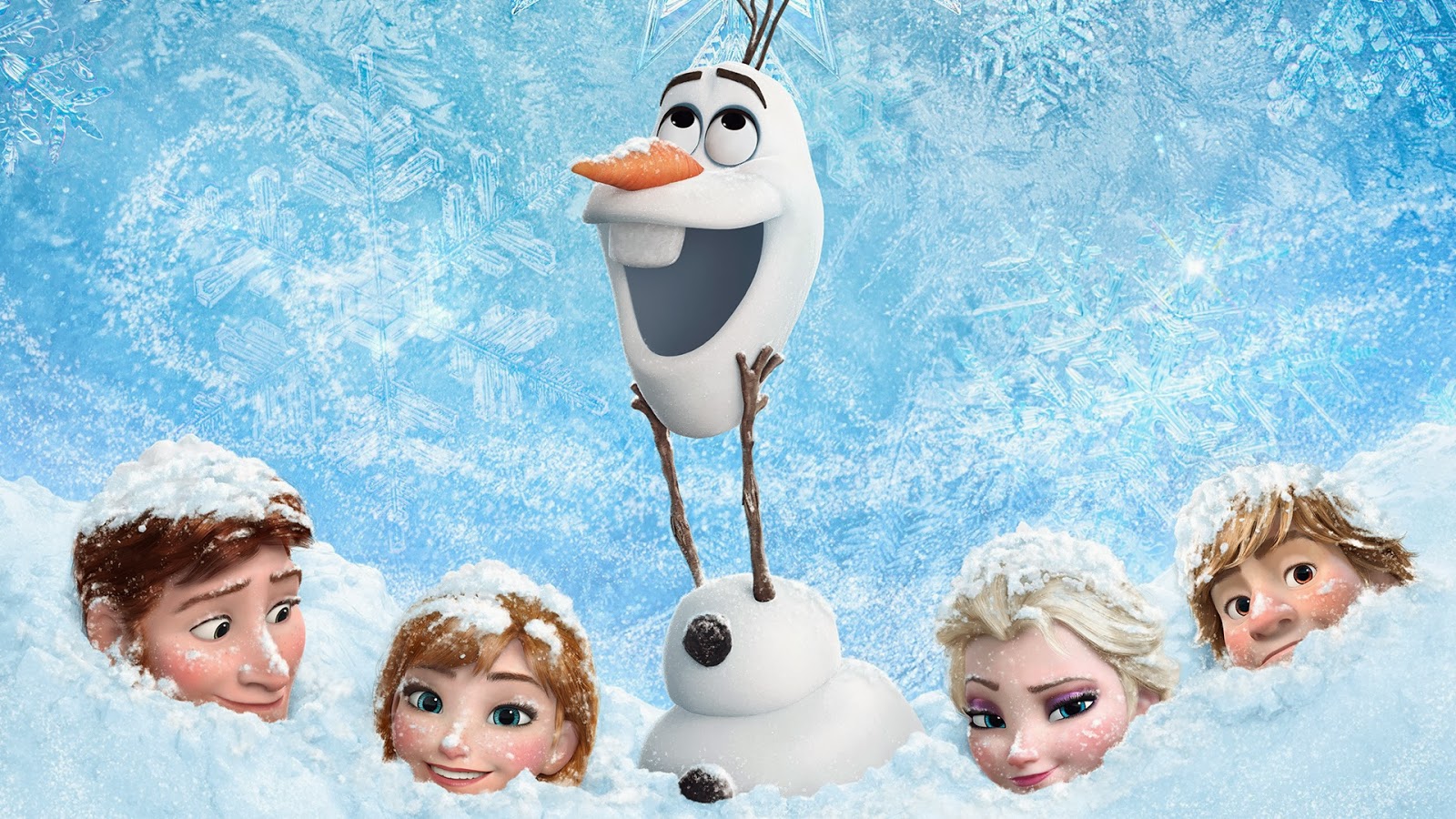March 15, 2014
Anna and Elsa are devoted, fun-loving sisters until an unfortunate incident separates them for most of their lives. Elsa was apparently born with powers that allow her to create and control snow and ice. Yet, she struggles to suppress this gift and curse, even when she locks herself away from (and fears hurting) those around her. This creates angst, isolation and a lack of understanding towards the people around her, especially Anna.
Anna has been left out of her sister's life (and their childhood growing up) for so long that she chooses to seek a new dream, or so she believes ("A chance to change my lonely world/A chance to find true love"), while Elsa is forced to role-play in her upcoming position as queen to hide her identity. The day Elsa is to become queen of the kingdom of Arendelle, all goes well until Anna catches love-at-first-sight with a dashing prince and, almost immediately, accepts his hand in marriage. This does not go well with Elsa, who insists "you can't marry a person you just met." Anna is outraged and in her commotion only infuriates Elsa, who unintentionally lets her powers slip and escapes into the mountains. In the process, she triggers an effect that sets the entire kingdom under an eternal winter. Anna then goes on a quest to find Elsa, hoping to restore everything. Along the way, she gets help from an ice-selling mountain man named Kristoff, his trusty reindeer Sven, mystical trolls, and a beaming and hilarious snowman named Olaf.
To get right to the point, Frozen (loosely based on Hans Christian Andersen's "The Snow Queen") is the Disney Studio's seventh animated feature film based on a fairy tale (not counting 2007's live-action/animated Enchanted, which was a parody and homage to Disney's classics). It's the first to feature not one but two main characters who are princesses. More importantly, it's the first fairy-tale adaptation from Disney to bring the genre to a contemporary and mature level. In other words, it makes the seemless transition from a conventional fairy tale homage and worldview to a mature adaptation for today's audience, representing nostalgia in its Disney-magic and maturity in its storytelling as well as its artistry. (And it's visuals are beautiful and breathtaking.)
The theme of characters who face the realities of the world, yet continue to be persevering (and in some cases optimistic) seems to have been a theme in almost every one of the studio's animated films since the headlined acquisition deal in 2006. Since then, Disney has grown through a transition period of bringing classic and original stories to today's computer-animated and visual-effects film culture, even as Pixar (which Disney purchased then) was building on its own success with films about culinary rats, lovable robots, floating houses, prison-escapee toys, secret agent cars, Scottish princesses and college-age monsters. The Mouse House (which started out with talking mice, seven dwarfs, wooden puppets, and walking brooms) has delivered original and contemporary stories of futuristic families (Meet the Robinsons, 2007), television dogs (Bolt, 2008) and video-game villains (Wreck-It Ralph, 2012). Their remaining films featured fairy tale princesses or storybook characters whose worldviews parallel or contradict the cynical world in which they are present or thrown into (one, quite literally). For the record, only two of these films were hand-drawn (three, if you count a live-action/animated hybrid). Characters in these films also search for purpose in their lives, and learn that although things are not what these characters had hoped they would be, there is still something to look forward to and to live for.
 |
| Giselle goes from an Enchanted world to modern-day New York |
 |
| Tiana and the Frog prince |
 |
| Tangled's cast ready for action |
 |
| Brave's Merida defies tradition |
And now Frozen becomes the icing (so to speak) on the maturity cake of this heart-related theme. Sure, it features everything from childhood innocence (i.e., Olaf, from Elsa's creation, is the childhood she and Anna once had), to romance, angst, adventure and wisdom. But as one resource put it, it's not so much a story about two princesses looking for love (e.g., Prince Charming, "true love's kiss"), but learning to love. It's a story about love between sisters and family. As one character says during a crucial moment, "Only an act of true love can thaw a frozen heart" (my emphasis).
There's no question about it: the Disney fairy-tale has come of age.
The film's impact over the last few months since its release in November proves there are still very creative and inspired artists and filmmakers at the Disney studio, who in turn show that a great story with great characters, music, hope and determination can warm even the most frozen of hearts. What a wonderful and universal achievement.





.webp)
No comments:
Post a Comment